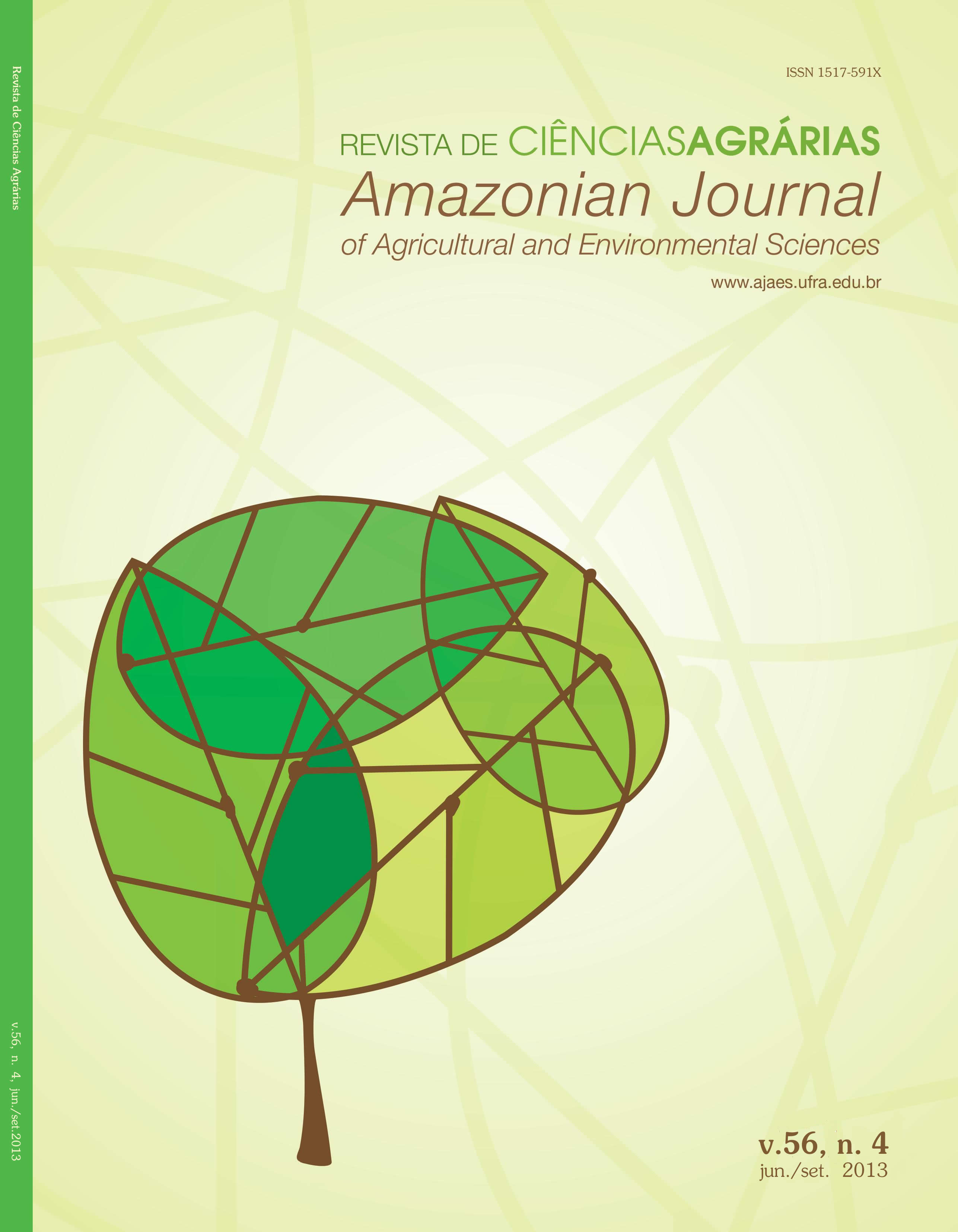Silicon: nutrition and fertilization in higher plants
Abstract
In this study, we aimed to provide information about the use of silicates in plant cultivation. Although silicon (Si) is one of the most abundant elements found in most soils in substantial quantities, various classes of soils, mainly the sandy ones, present low amounts of available Si in their upper horizons. In these soils, some plants such as sugarcane and rice, which have keen ability to accumulate Si in their tissues, can respond favorably to silicon fertilization. Silicates behave similarly to calcium and magnesium carbonates in soil, promoting chemical reactions similar to those induced by limestone, including pH increase, precipitation of toxic aluminum (Al3+) and manganese (Mn2+), increase of exchangeable calcium and magnesium and base saturation levels, and reduction of Al3+ saturation, with the additional benefit of increasing Si levels in soils. Si benefits to plants are related mainly with increasing their resistance to attacks by insect pests, nematodes and diseases, and with reducing their transpiration rate, which provides further tolerance to water stress during periods of low soil moisture.Downloads
Authors retain copyright and grant the Journal the right to the first publication. Authors are encouraged to and may self-archive a created version of their article in their institutional repository, or as a book chapter, as long as acknowledgement is given to the original source of publication. As the Journal provides open access to its publications, articles may not be used for commercial purposes. The contents published are the sole and exclusive responsibility of their authors; however, the publishers can make textual adjustments, adaptation to publishing standards and adjustments of spelling and grammar, to maintain the standard patterns of the language and the journal. Failure to comply with this commitment will submit the offenders to sanctions and penalties under the Brazilian legislation (Law of Copyright Protection; nº 9,610; 19 February 1998).


.jpg)









